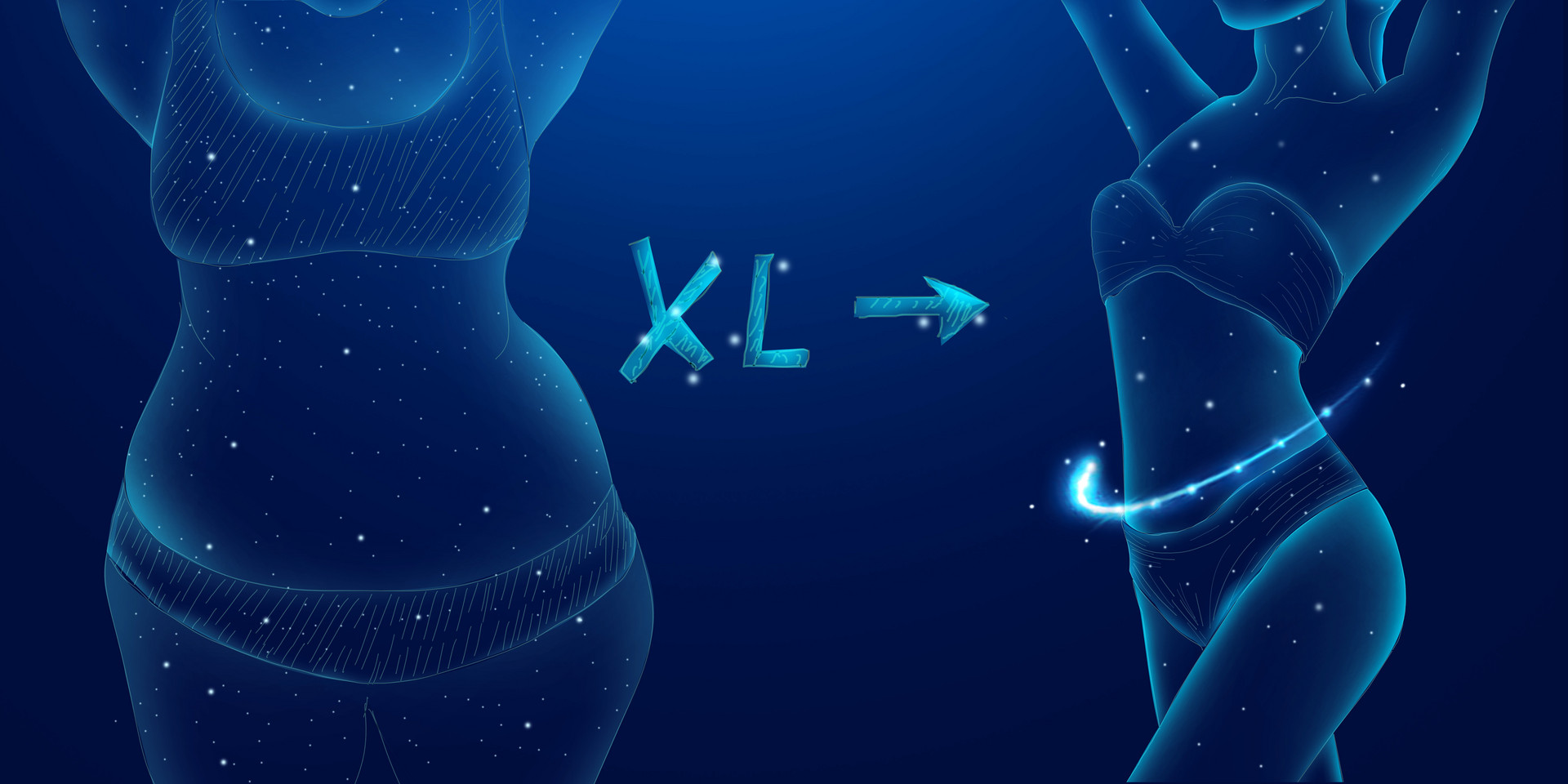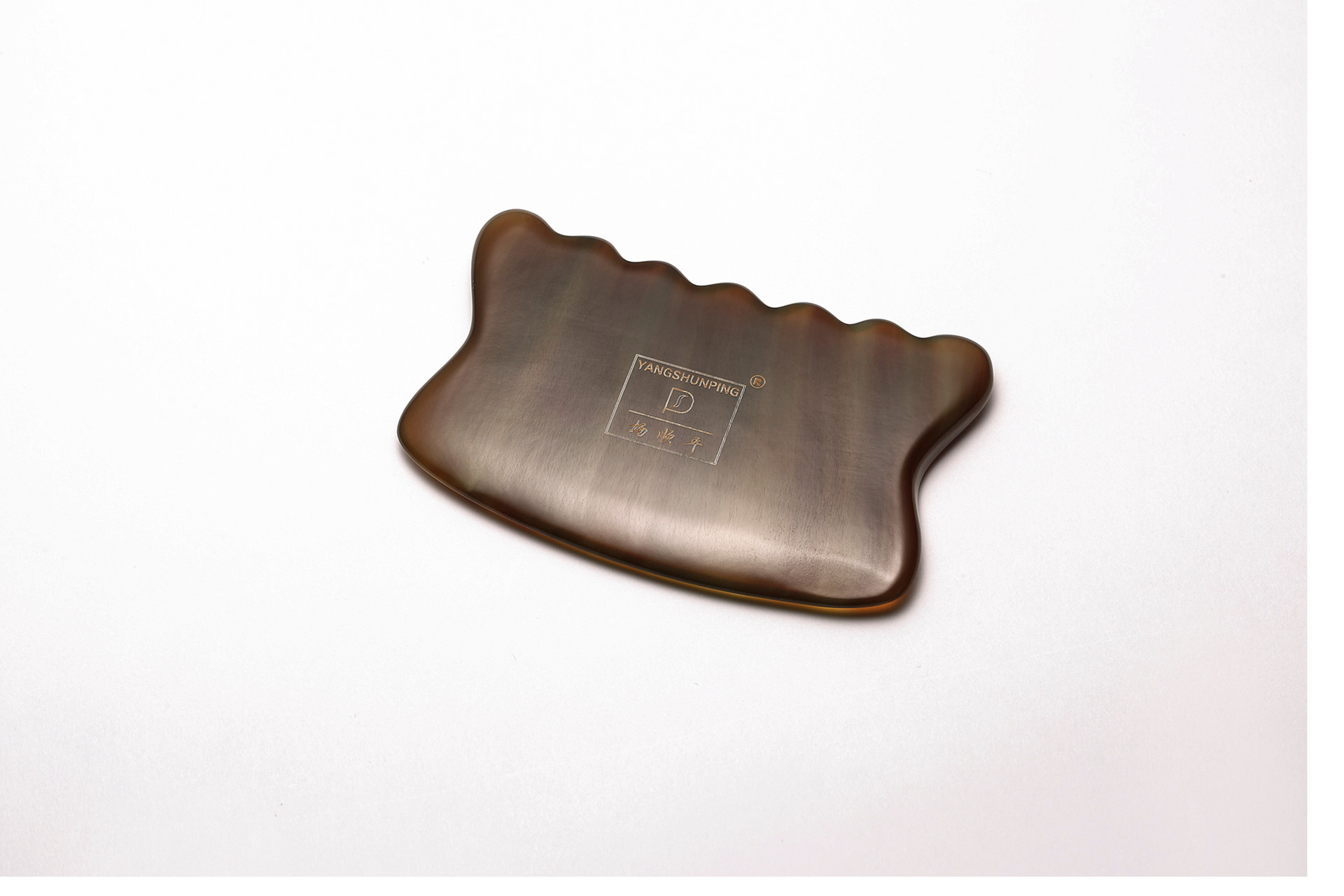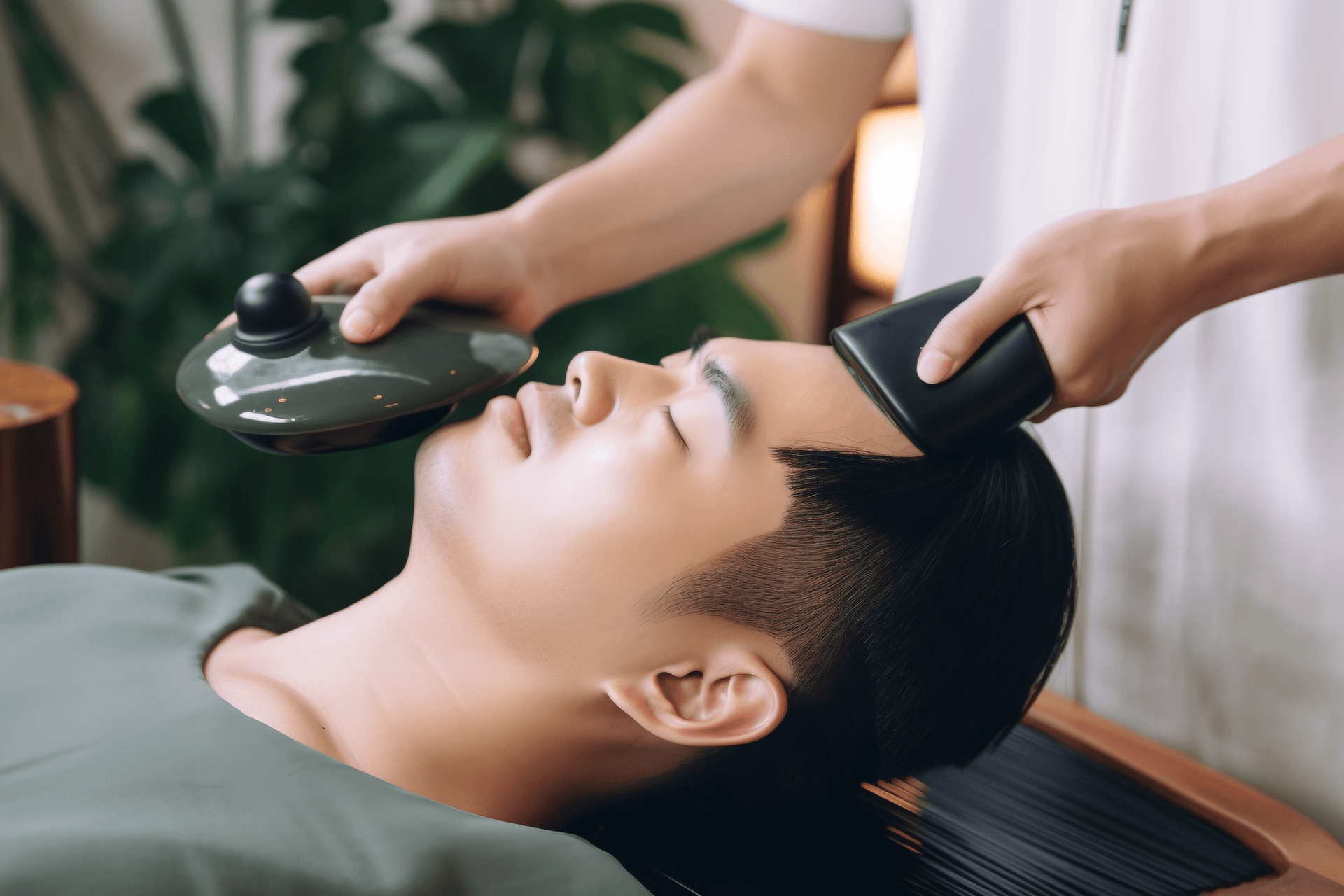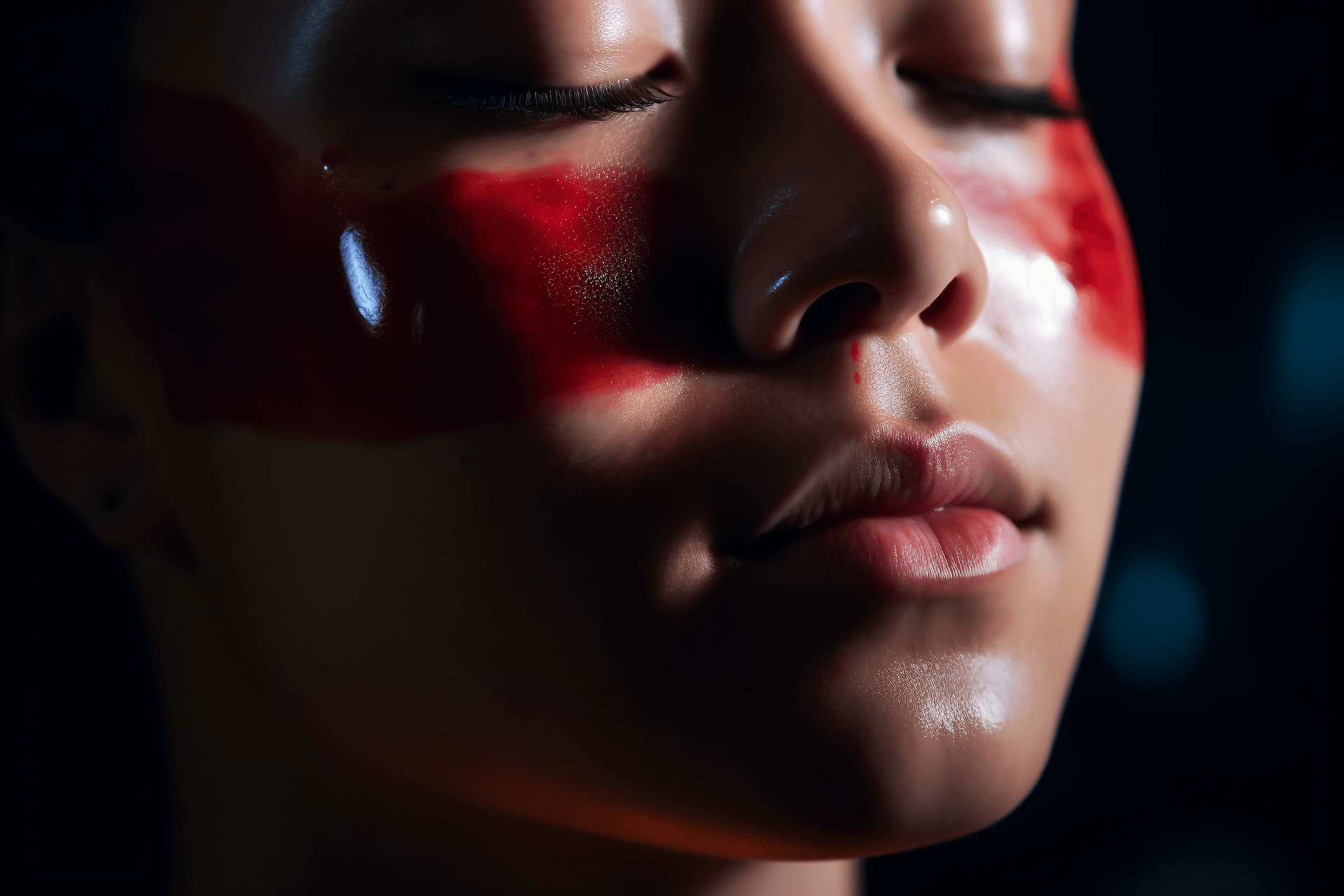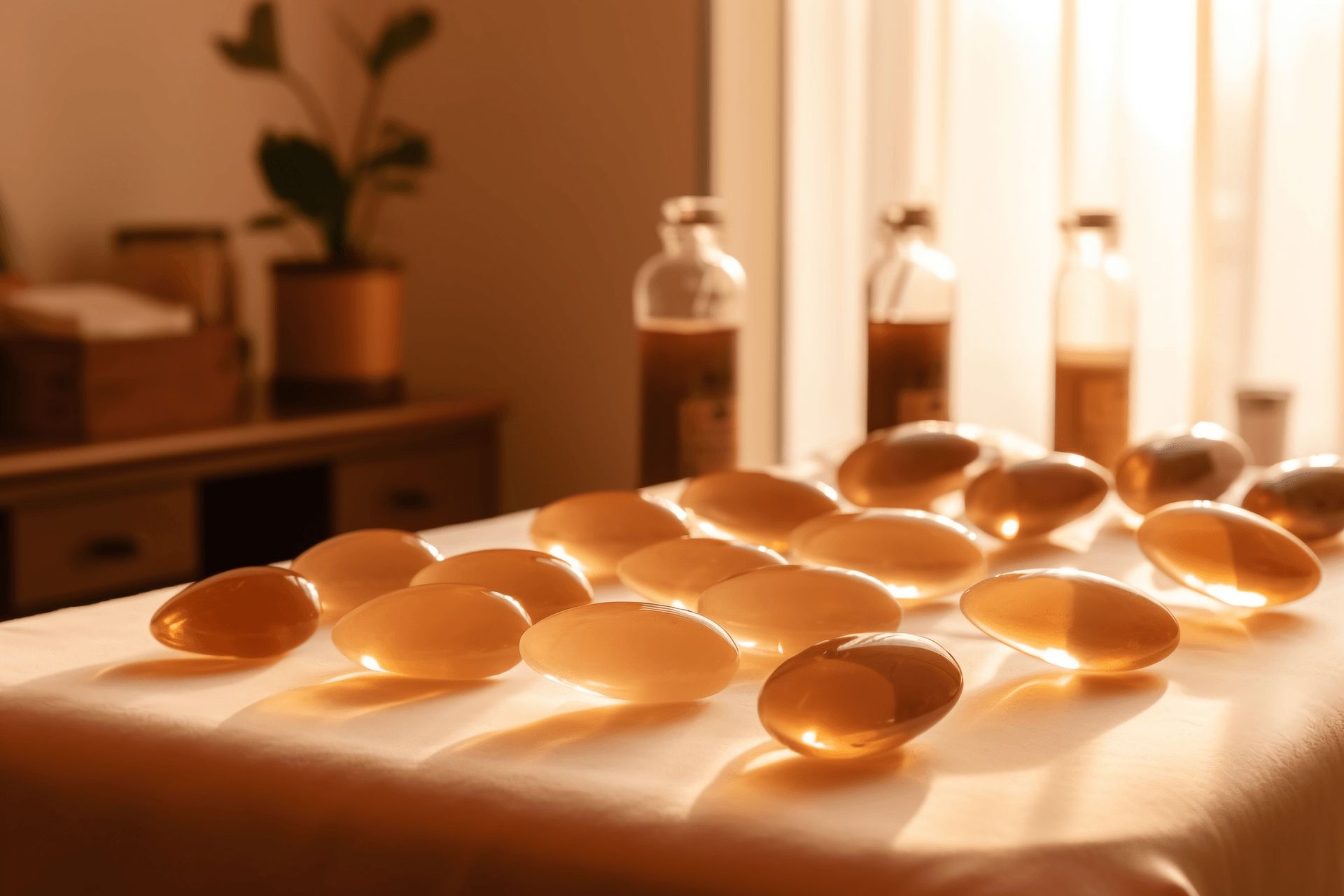In general, most people receive gua sha on their back, but in some special cases, gua sha on the legs may be necessary. So what are the benefits and drawbacks of gua sha on the legs?
Benefits and Drawbacks of Gua Sha on the Legs
1. Benefits
Gua sha on the legs can promote blood circulation, maintain smooth meridians, stimulate metabolism, and help with leg slimming.
Some women often wear high heels, which can cause tension and contraction in the leg muscles. Gua sha can help relieve pain and tension, and also contribute to the recovery of affected areas while significantly reducing pain symptoms.
2. Drawbacks
The drawbacks of gua sha are generally caused by incorrect techniques, excessive frequency, or performing gua sha on individuals who should not receive it. However, drawbacks in other aspects are relatively rare.
(1) Prolonged and uncontrolled gua sha can cause damage to the subcutaneous tissue, which not only fails to alleviate fatigue but also increases the burden on the body.
(2) For individuals with skin ulcers or other skin diseases, gua sha is not a pleasurable experience but rather a torture. It can cause greater harm to already fragile skin tissue and even lead to infection, exacerbating the condition.
(3) Gua sha should also be avoided for certain individuals with blood disorders or problems with heart or liver function, as it can cause greater harm to the body.
Proper Gua Sha Technique for the Legs Illustrated
1. Direction
Gua sha on the legs should start from the knees. If there are varicose veins or edema in the legs, gua sha should be performed from bottom to top to improve blood circulation. Rubbing in the opposite direction will only worsen the edema. If there are no such conditions, gua sha can be performed in both directions.
However, it is generally better to start from the bottom to relax tired legs, improve blood circulation, and spend 3-5 minutes on each area.
2. Pressure
Light pressure will not produce good results, so gua sha should be performed with sufficient force that you can bear. The greater the force, the better the effect. The speed should also be fast. It is important to apply some lubricating oil to the legs before gua sha.
3. Gua Sha Board Usage
The gua sha board should form an acute angle of 40-60% with the calf and an obtuse angle with the thigh. Start gua sha from the bend of the knee and scrape downwards. Each time, only scrape in one direction and avoid back and forth rubbing like scrubbing.
4. Acupoints
Gua sha each acupoint one by one, such as "Futu", "Xuehai", "Zusanli", "Fengshi", "Chengfu", "Sanyinjiao", "Xuanzhong", "Weizhong", "Chengshan". After scraping each acupoint 50-100 times, move on to the next acupoint. The acupoints are symmetrical, so both legs should be scraped before moving on to the next one.
5. Stretching after Gua Sha
After gua sha, you can do some leg slimming yoga poses to stretch the muscles, or do cycling motions in the air, or lie down with your legs against the wall for about 10 minutes. This will enhance the effect.
Precautions for Gua Sha
1. Avoiding Wind and Keeping Warm during Gua Sha Treatment
During gua sha treatment, it is important to avoid wind and keep warm. When the room temperature is low, exposed areas should be minimized. In hot summer temperatures, gua sha should not be performed near a fan or in places with air circulation. Gua sha opens the skin's sweat pores, and if exposed to wind and cold, external pathogens can directly enter through the open pores, affecting the effectiveness of gua sha and even causing new diseases.
2. Treating Only One Condition at a Time
During each treatment, gua sha should not be performed for too long. Strictly adhere to the principle of treating only one condition at a time. Large-scale scraping should not be done consecutively to protect the body's vital energy.
For each condition, when combining meridian acupoints with holographic acupoints, only 1-2 different treatment areas should be selected each time.
3. Drinking a Cup of Hot Water after Gua Sha Treatment
Gua sha treatment opens the sweat pores and expels external pathogens, which consumes some of the body's fluids. After gua sha, drink a cup of hot water to replenish the lost fluids, promote metabolism, and accelerate the elimination of metabolic waste.
4. Timing for Bathing after Gua Sha Treatment
After gua sha treatment, bathing should be avoided until the skin's pores have closed and returned to their original state, usually about 3 hours. However, during the bathing process, if the water has not yet dried, gua sha can be performed. When bathing, the pores are slightly open, and gua sha at this time is effective with less time required, but it is important to keep warm.
5. Paying Attention to the Direction of Gua Sha
Do not scrape back and forth. In principle, scraping should be done from top to bottom and from inside to outside. For the face, scrape from the inside to the outside; for the head, scrape from the top to the surrounding areas; for the neck, scrape from the top to the bottom; for the back and waist, scrape from top to bottom and from inside to outside; for the chest, scrape from inside to outside; for the abdomen, scrape from top to bottom; for the limbs, scrape from top to bottom. After finishing one area, move on to another area in a systematic manner.
6. Duration of Gua Sha Treatment
The scraping time for each area is 3-5 minutes. When using supplementary scraping techniques, the scraping time for each area is 5-10 minutes. Generally, for each patient, 3-5 areas should be selected for scraping. For patients who do not have visible sha or have little sha, the appearance of sha points or purple spots on the skin is sufficient; forcing the appearance of sha should be avoided.
7. Interval Time
Before scraping the same area again, wait for the sha marks from the previous scraping to fade. The interval between scraping the same area again should be 3-6 days, with the disappearance of sha marks on the skin as the standard. Generally, 3-5 treatments constitute one course of treatment.
Contraindications for Gua Sha
1. Individuals with severe cardiovascular diseases, liver or kidney dysfunction, or generalized edema. Gua sha can cause subcutaneous congestion, promote blood circulation, and increase the burden on the heart, lungs, liver, and kidneys, worsening the patient's condition and even endangering their life.
2. Pregnant women should not receive gua sha on their abdomen or lumbosacral area, as it can cause miscarriage.
3. Gua sha should not be performed on areas with abscesses, ulcers, sores, rashes, or unknown masses on the skin, as it can cause infection and spread.
4. Gua sha should not be performed on painful areas or broken bones in cases of acute sprains or injuries, as it can exacerbate bleeding in the affected area.
5. Individuals with contagious contact dermatitis should avoid gua sha, as it can transmit the disease to others.
6. Individuals with bleeding disorders, such as advanced diabetes, severe anemia, leukemia, aplastic anemia, or thrombocytopenia, should avoid gua sha, as the subcutaneous bleeding caused by gua sha is not easily absorbed by these patients.
7. Excessive hunger, excessive fatigue, or intoxication should avoid gravity or large-scale gua sha, as it can cause fainting.
8. Gua sha should not be performed on the eyes, lips, tongue, ear holes, nostrils, nipples, or umbilicus, as it can cause congestion in these mucous membrane areas, and they do not recover well.


